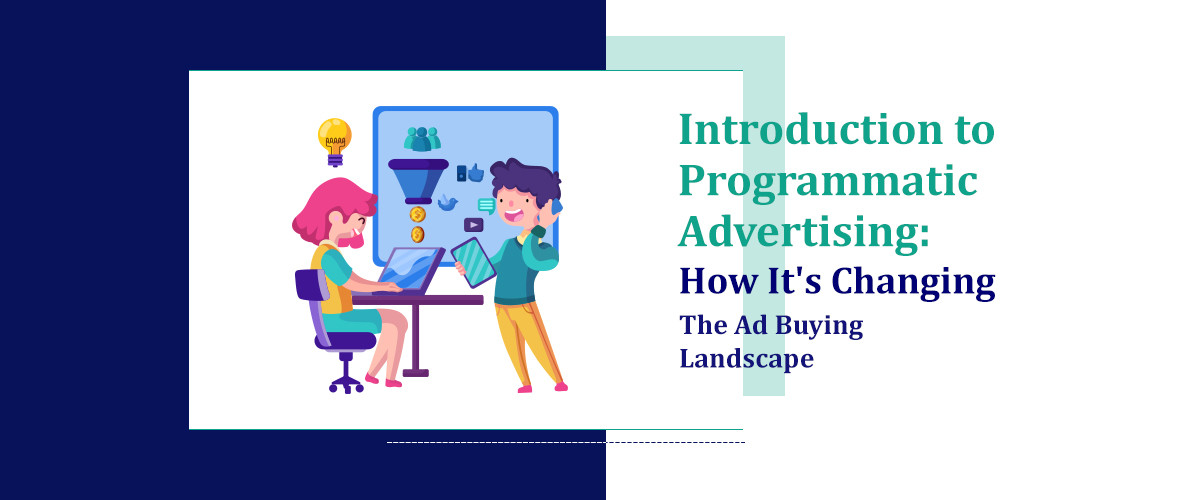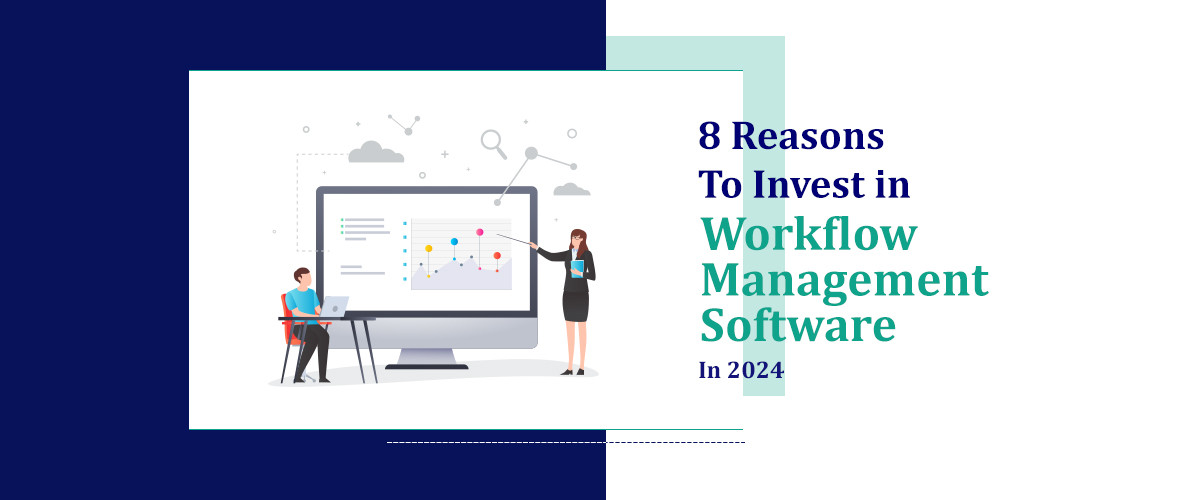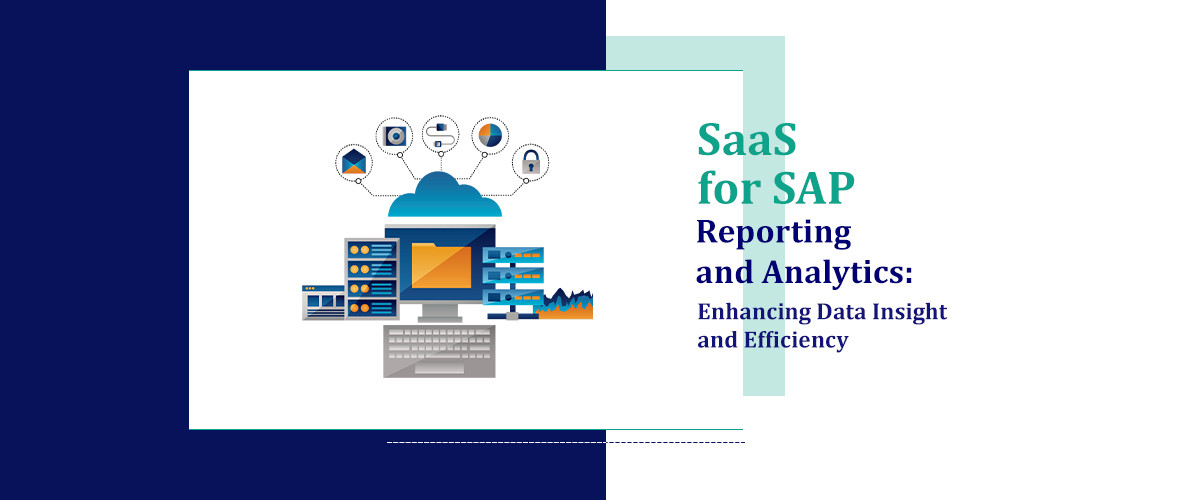What we'll cover
In all the thousands of years of advertising, it’s only in the current Internet of Things (IoT) revolution that ads themselves could react to changes in real-world customer behaviour. Online ads have long had this ability in the digital realm thanks to browser cookies and other forms of online behaviour tracking. However, with the wider use of mobile phones and outdoor sensors, it’s become possible to meld virtual and outside worlds to deliver seamlessly reactive real-world “programmatic ads” that respond to up-to-the-minute changes in the selling environment.
While most business owners these days are at least somewhat aware that dynamic programmatic ads exist, many don’t understand their specific benefits or implementation processes. Fortunately, the potential of programmatic real-world ads has already been explored in several digitally transformed markets, giving us a reference from which to understand their advantages and specific applications. You can even engage with a specialised programmatic media agency in Singapore to help guarantee an ROI on your ad spend.
There’s no question that programmatic ads are going to be the future of outdoor advertising. To understand how it could be of benefit to your business, let’s first explore programmatic advertising and a related concept, Digital Out of Home Advertising in a little more detail:
How Does Programmatic Advertising Work?
Programmatic advertising works by analysing various online and offline user signals and then using that information to buy real-world ad space or to display specific ads. Sources used for these ads can include online browsing behaviour, location data, and past purchasing history. These signals are collected through cookies, mobile IDs, GPS data, and other tracking technologies. As the name “programmatic” suggests, there is no need for human intervention to make buying and placement decisions, as everything is handled by a script or an algorithm.
Unlike traditional media buying methods, programmatic advertising doesn't rely on proposals and quotes. Rather, it simply displays the optimal ad choices in the right place depending on the area’s demographic makeup at a given moment.In the USA, online advertising companies are increasingly utilizing programmatic advertising to tailor their campaigns to the dynamic and diverse American market. This approach allows them to target specific demographics more accurately, enhancing the effectiveness of their ads and ensuring a higher ROI for advertisers. When set up correctly, programmatic advertising maximises the value of ad expenditure by minimising irrelevant messaging, resulting in more efficient campaigns.
What is Digital Out of Home Advertising?
Before the digital era, all advertising intended to catch people outside their homes was essentially classified as Out of Home (OOH) advertising. Of course, at this point, we’ve all seen digital technologies being used for outdoor ads, usually in the form of video billboards or, perhaps, drone light displays. These more advanced technologies fall under the umbrella of Digital Out of Home Advertising (DOOH).
However, apart from introducing sound and movement, these are not much different from old-school ads printed on giant tarps. The integration of programmatic ad techniques with these technologies, however, is already changing the advertising game, giving advertisers massively more leeway for more creative and targeted campaigns.
How Programmatic DOOH is Changing Ad Buying
The combination of dynamic programmed ads and accessible outdoor digital displays is already transforming how advertisers are handling their budgets. Let’s examine the different areas where this potent combination is proving to be disruptive:
1. Precision Contextual Targeting
- Programmatic DOOH is already creating huge changes by enabling advertisers to massively reduce irrelevant impressions while consistently delivering on-point ad content throughout more buyer journeys. In other words, the content on outdoor ads, particularly those served up close, will more closely resemble online ads in their high relevance to consumers.
- With the increased integration of sensors and smarter data analysis, programmatic DOOH can deliver exceptionally fine-tuned ads. For instance, advertisers can automatically display relevant ads based on real-time data such as weather conditions or location-specific events like traffic jams. They can also determine the common interests of multiple individuals within viewing distance to offer content that is relevant to everyone.
2. Measurable Outcomes
- Unlike traditional OOH ads, programmatic ads can give advertisers objective metrics for tracking the success of campaigns, at a level similar to those of online ads. Through location data, advertisers can measure impressions, engagement, and even raw foot traffic to determine how well their ads are performing.
- In practical terms, this means advertisers can get much more for their ad budgets. With better visibility, they can quickly expand ad purchases for campaigns that perform well and immediately halt campaigns that underdeliver.
3. Audience Retargeting
- This is one of the more clever applications of programmatic ads. By processing location data, programmatic DOOH systems can retarget consumers who have previously seen an ad. This can be used to reinforce ad recall and engagement or to deliver ads for complementary products and services, mirroring the sophistication of online advertising.
4. Interactivity
- Programmatic DOOH screens can be equipped with computing interfaces like touch screens allowing for two-way interactions between customers and advertisers. Advertisers can use these to create interactive elements that engage audiences and create more emotional resonance for the brand.
Programmatic DOOH: An Advertising Game-Changer
Programmatic DOOH advertising is revolutionising the way advertisers target audiences in the physical world. A perfect storm of data-driven technologies and democratised access to mobile phones has given advertisers an extremely potent tool for delivering always-relevant campaigns at potentially lower costs. As digital marketing continues to evolve, we’ll definitely see the boundaries of programmatic advertising pushed in ways we don’t yet realise.
Workflow management software coordinates and automates tasks, ensuring seamless progression of work processes from start to finish.
By automating repetitive tasks, providing visibility into processes, and facilitating collaboration, it boosts efficiency and saves time.
Absolutely, it's customizable to fit the unique needs and complexities of various workflows across different industries.
Yes, it often integrates with project management tools, CRMs, document management systems, and more for a unified workflow ecosystem.




